Guðrún Stefánsdóttir, assistant professor at the Equine Science Department of Hólar University College, discusses the results of her study on measuring physiological response to exercise in Icelandic horses.
Guðrún Stefánsdóttir, assistant professor at the Equine Science Department of Hólar University College, along with some scientists from Holar and the Swedish Agricultural University, published a study on the effect of riders’ weight on Icelandic horses in tölt, two years ago. The study was part of her PhD project on measuring physiological response to exercise in Icelandic horses. The results gave reason for further research, which is currently in preparation.
“The Icelandic horse is rather small for a riding horse, 140 cm at withers and 350 kg on average, compared to many other riding horse breeds which measure between 155-170 cm at withers and weigh about 450-550 kg. Therefore, adults often appear to be large when riding Icelandic horses and the ratio of the rider’s weight to the horse’s weight is often higher than what’s common among foreign riding horse breeds,” Guðrún says about the reason behind the study. “The fact that this small riding horse carries large riders has received increased attention, discussion and criticism, especially in the past few years. Therefore, it’s important to carry out scientific studies on what it means for the Icelandic horse to carry riders of different weight.”

Adding more weight to the saddle.
Guðrún explains that biologically, the Icelandic horse is categorised as a pony and that in other countries adults typically don’t ride ponies. However, in Iceland, the Icelandic horse has been used as a riding horse for adults since the Settlement (874-930), in addition to having been used as a work animal. She argues that the Icelandic horse is a “proper riding horse” given that it has systematically been bred as such for almost 70 years. It is “gaited, powerful and willing, and hundreds of years of experience have shown that it is well capable of carrying adult riders and that it can be used as a riding horse for many years as it is generally known for health and longevity.” This systematic breeding has led to the Icelandic horse being “almost quadratic in proportion, of a rather compact build with a sloping croup and strong legs compared to its body weight.”
In countries other than in Iceland it is often maintained that the rider shouldn’t weigh more than a certain ratio of the horse’s weight. “According to old military references, horses shouldn’t carry more than 20% of their own weight. To the best of our knowledge, that reference is not based on any scientific research,” says Guðrún. “In Iceland, we had the word ‘hestburður’ which was 100 kg – the weight of hay each horse should be able to carry when horses were used for haymaking, often working long days. At that time Icelandic horses were smaller than today, and likely their body weight was around 300 kg. There are foreign references that state that as work animals, donkeys and mules are able to carry 1/3 of their own weight.” Guðrún points out that work animals usually don’t move any faster than walking and that speed has a significant impact on the physiological responses while moving. She also highlights that a ratio of the horse’s weight isn’t necessarily the best benchmark for how heavy a rider can be because if the horse is overweight it is assumed that it can carry a heavier rider in addition to more of its own body weight.
In the study on the effect of weight on Icelandic horses in tölt the same person rode eight different horses, all of which were adult school horses in good physical condition. During the course of the study, each horse did one exercise test where lead weights were gradually added to the saddle and the rider’s vest. The horses carried a maximum of 35% of their own weight, or 128 kg on average. They were ridden at tölt at an average speed (5.4 m/s), for a short distance (2 × 300 m with each weight, 20%, 25%, 30%, 35%, and repeated 20%) and for a short time. All of the horses were able to handle the increased weight. “The horses had reached resting respiratory rate 15 min after the exercise test, resting heart rate 30 min after the exercise test and they weren’t sore with aching muscles, uneven walk or lame. Their condition was evaluated both before the study and for comparison 24 and 48 hours after the study,” explains Guðrún.
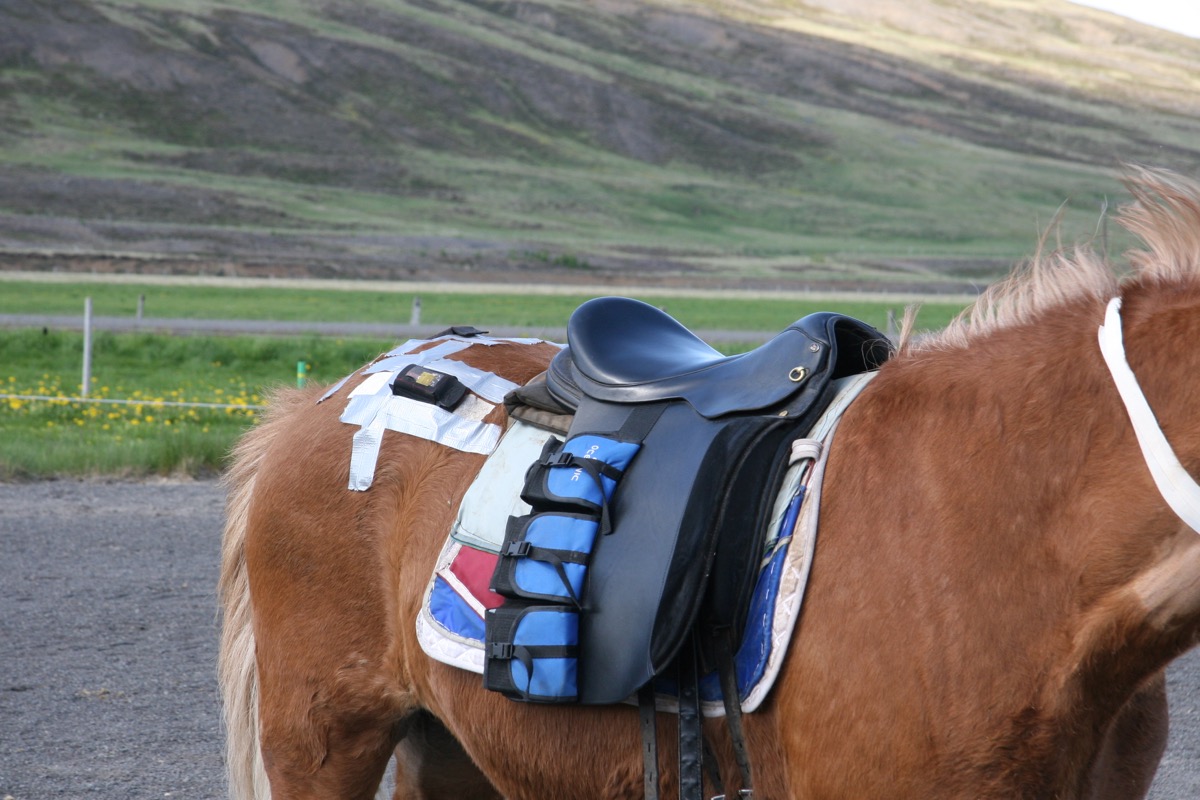
The specialised saddle.
In this study the researchers sought to isolate the effect of the weight factor because a multitude of other factors can have an influence, such as the rider’s balance and riding skills, the horse’s body fat and training level, speed, distance and environmental circumstances. The gait tölt was chosen for several reasons, including because it’s the gait for which the Icelandic horse is best known and it’s a popular gait, for example during horse trekking.
Even though all of the horses were able to handle the increased weight physiologically, it also turned out that it was easier for some horses than others. “In the study there was significant variation between individual horses,” says Guðrún, adding that horsemen have often noted that it differs between horses how strong they are “At this point we cannot say whether there exists a ‘correct criteria’ for evaluating how much weight a horse can carry. But our study definitely indicated that the size alone isn’t a good enough criteria because larger horses aren’t necessarily stronger than smaller horses.” The study also indicated that a broad and muscular back could be important for weight carrying capacity.
Guðrún states that it’s important that riders learn to read their horses’ responses when evaluating how much weight they can carry. “They must learn to listen to the horse and to notice symptoms of fatigue, for example, if the horse begins to breathe heavily and sweat, and is less willing to move forward. Soreness in the back, body and legs should be monitored.” Guðrún adds that it’s also helpful to measure the heart rate, as a higher heart rate indicates increased physical load, and then for how long it takes the horse to recover.
Guðrún remarks that it’s natural for a horse to have such symptoms temporarily during training. “We know ourselves that we can temporarily breath heavily, become sore, stiff or even almost limp after a tough training session. It is not dangerous as such, as long as it is temporary and part of a regular training process for building up strength and stamina. However, it isn’t good if the condition prolongs,” she notes. “We have to be perceptive and notice the signals the horse is giving us. For example, can it be advisable to have easy days or even rest after difficult days of training.”
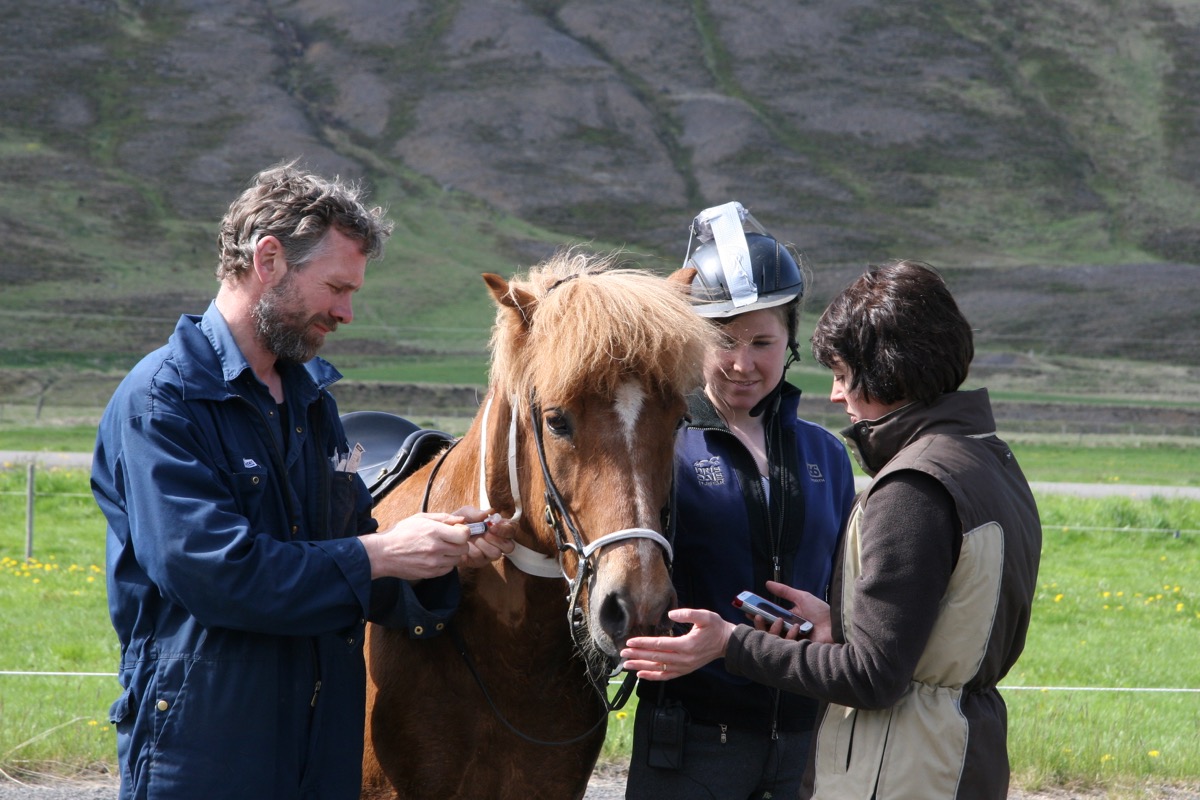
One of the subjects, the rider and the researchers.
When asked whether it could be possible to publish guidelines on the maximum weight carrying capacity of Icelandic horses, Guðrún responds that it would be complicated due to many other factors that influence physical load. “For example, one might ask whether it is more difficult for a horse to carry a 100-kg rider while walking for 20 minutes or a 70-kg rider at fast tölt for 20 minutes,” she points out. “But there are studies that indicate explicitly that the heavier the rider, the harder it is for the horse to carry him or her. For example, it is clear that when the weight of the rider has reached or exceeded 30% of the horse’s weight, the physiological responses are significantly higher than when the weight of the rider is 20 or 25% of the horse’s weight – given that the horse is in proper body condition and other factors are the same, for example speed of exercise.” Guðrún states that it might therefore be possible to publish guidelines for certain circumstances, for example for certain types of horse trekking.
One of the results of the study was that further research is needed in order to answer the question of how much weight Icelandic horses can carry. “We have in cooperation with the Swedish University of Agricultural Sciences in Uppsala, received grants from the Stock Protection Fund of the Icelandic Horse Breed and the Agricultural Productivity Fund for continued research on the influence of the rider’s weight on the physiological responses of the Icelandic horse,” Guðrún informs. “We would like to develop an exercise test which specifies how much weight Icelandic horses can carry during leisure riding and other everyday use. We would also like to investigate whether there is a connection between the conformation and muscle fibre types – and the weight carrying capacity of Icelandic horses.” Furthermore, it is their intention to investigate whether the weight carrying capacity of horses can be increased by training and test different training methods for that purpose. “Finally, we would like to study whether it is possible to use and apply the results on the Icelandic horse for other horse breeds,” Guðrún concludes.
Read the full study here.
The researchers are looking for PhD and Master students interested in participating in the study. Those who are interested can email: gudrunst@holar.is.
Text: Eygló Svala Arnarsdóttir. Photos: From the study.
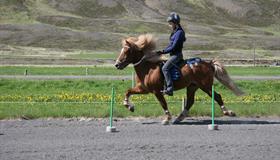

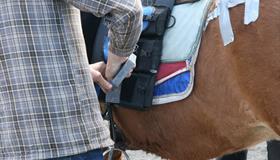
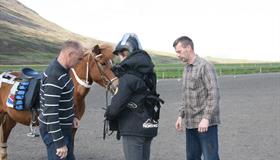
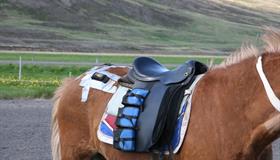
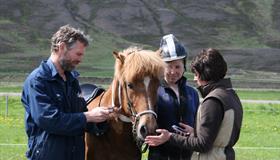
.jpg?280x160;crop)






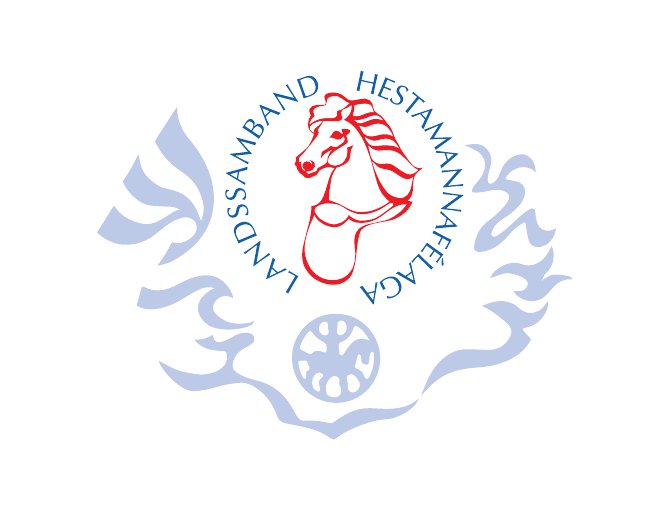





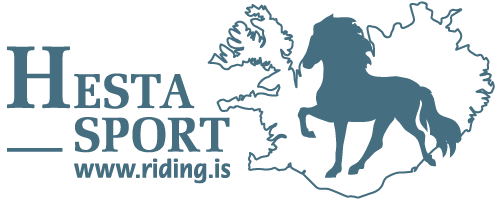








-1.jpg)






